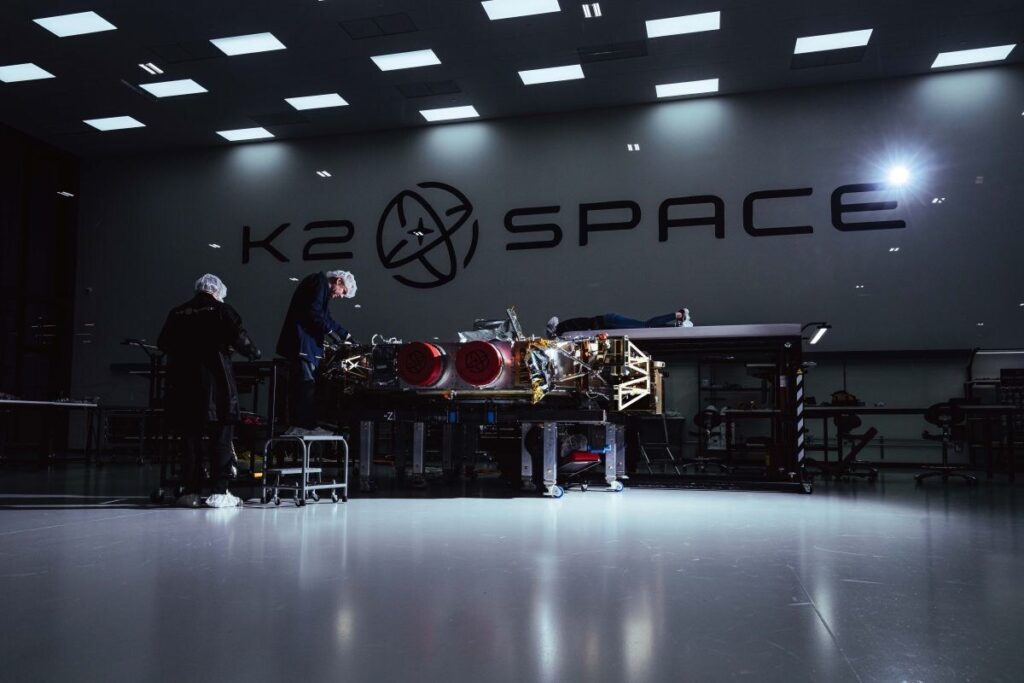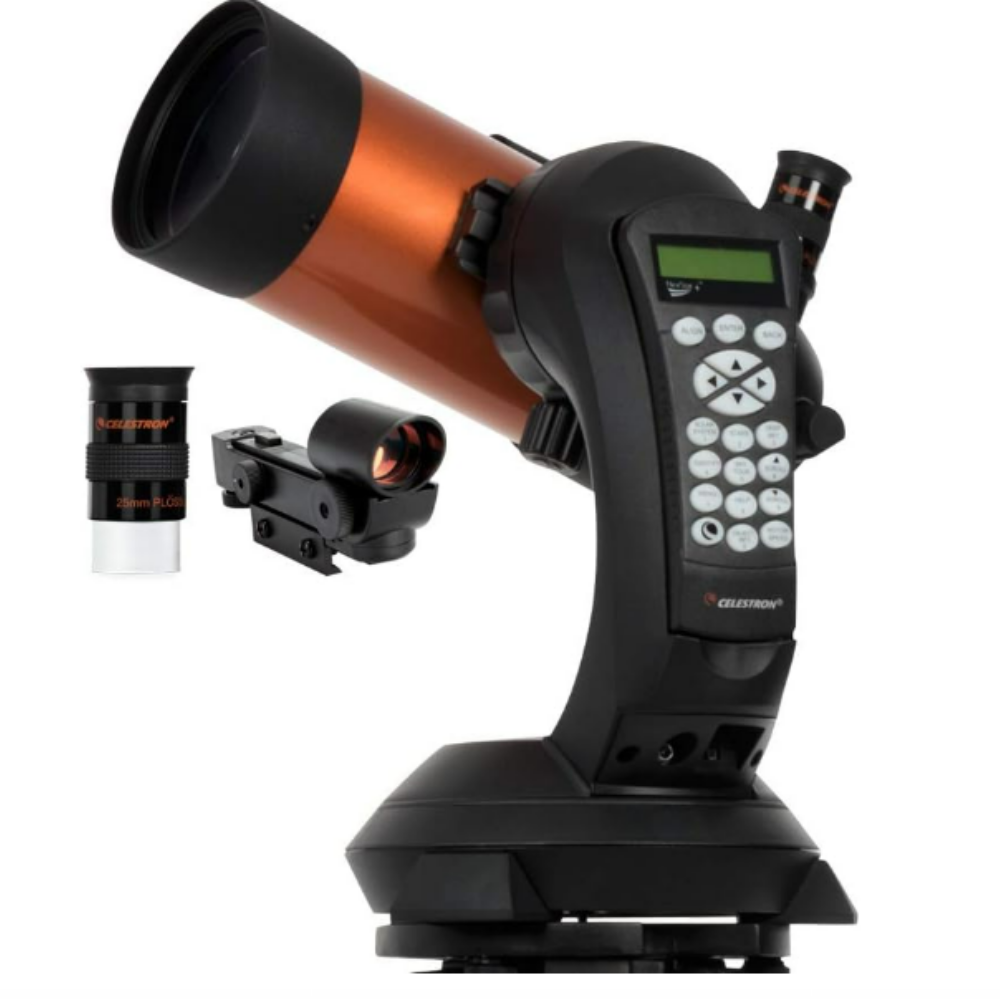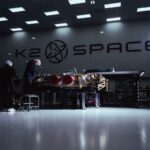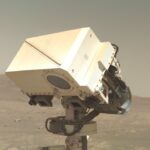Now Reading: Firefly announces commercial lunar imagery service
-
01
Firefly announces commercial lunar imagery service
Firefly announces commercial lunar imagery service

PARIS — Firefly Aerospace says it plans to offer a commercial lunar imaging service for use by governments and companies, one that could supplement or replace an existing, but aging, NASA orbiter.
Firefly announced June 18 a service called Ocula that will provide imagery using instruments placed on its Elytra spacecraft. The system will use telescopes from Lawrence Livermore National Laboratory with ultraviolet and visible sensors.
The company said that those telescopes, mounted on Elytra spacecraft orbiting the moon at an altitude of 50 kilometers, will be able to provide images at a resolution of 20 centimeters. By comparison, the main camera on NASA’s Lunar Reconnaissance Orbiter (LRO) has a resolution of 50 centimeters per pixel.
It added that imagery at ultraviolet and visible wavelengths could be used to identify key minerals. That includes ilmenite, a mineral associated with the presence of helium-3. The imagery system can also be used for space domain awareness, tracking and identifying objects in cislunar space.
“Ocula will be one of the first, if not the first, commercial lunar imaging service on the market,” Jason Kim, chief executive of Firefly Aerospace, said in a statement announcing the service. “Ocula will provide critical data that informs future human and robotic missions and supports national security with intelligence, surveillance, and reconnaissance.”
Firefly said it will start offering services with Ocula with the launch next year of its Blue Ghost 2 lunar lander mission, which includes an Elytra spacecraft that will operate in lunar orbit. Another Elytra will carry an Ocula payload on the Blue Ghost 3 lander mission launching in 2028.
The company said it would offer imagery from those initial missions “at low cost” to government and commercial customers, but did not specify the price.
A service like Ocula could be a solution for NASA to ensure access to high-resolution lunar imagery as LRO ages. That spacecraft, originally built to support a previous NASA lunar exploration effort, Constellation, has been operating since 2009. While the spacecraft continues to perform well, scientists have in recent years been pushing for NASA to replace LRO’s high-resolution imaging capability in some way.
A 2022 study by a working group of the Lunar Exploration Analysis Group concluded that work on a mission to succeed LRO was “long overdue.” It added, though, that simply replacing LRO with a single, similar spacecraft would not be enough to meet science goals. It recommended NASA pursue “diverse orbits and implementations approaches” like the use of smaller spacecraft.
That could include the use of services, rather than NASA-operated spacecraft, to provide that imagery and other science data. “Private industry should use these inputs to identify the recurring themes and potential new opportunities providing not just infrastructure but also data acquisition services to government agencies and the interwoven science community,” the report stated.
Companies currently involved in NASA’s Commercial Lunar Payload Services (CLPS) program, including Firefly, said at a House hearing in April that they were interested in providing additional services to NASA beyond their current roles in landing payloads on the moon.
Stay Informed With the Latest & Most Important News
Previous Post
Next Post
-
 012024 in Review: Highlights from NASA in Silicon Valley
012024 in Review: Highlights from NASA in Silicon Valley -
 02Panasonic Leica Summilux DG 15mm f/1.7 ASPH review
02Panasonic Leica Summilux DG 15mm f/1.7 ASPH review -
 03How New NASA, India Earth Satellite NISAR Will See Earth
03How New NASA, India Earth Satellite NISAR Will See Earth -
 04From Polymerization-Enabled Folding and Assembly to Chemical Evolution: Key Processes for Emergence of Functional Polymers in the Origin of Life
04From Polymerization-Enabled Folding and Assembly to Chemical Evolution: Key Processes for Emergence of Functional Polymers in the Origin of Life -
 05And Thus Begins A New Year For Life On Earth
05And Thus Begins A New Year For Life On Earth -
 06Astronomy Activation Ambassadors: A New Era
06Astronomy Activation Ambassadors: A New Era -
07SpaceX launch surge helps set new global launch record in 2024



















